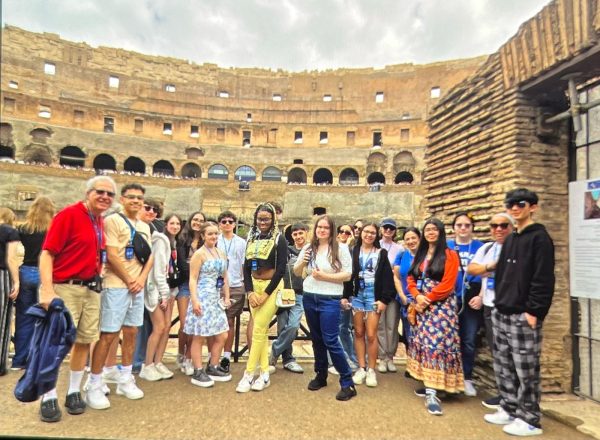2017 Hurricane Season
Florida Prepares For Major Hit By Hurricane Irma
Hurricane season and the Gulf of Mexico go together like sugar and candy. However, recent storms have surprised and destroyed much of the Caribbean and the Gulf. This hurricane season, which is not yet finished, has generated more catastrophic and land-falling storms than the past few years combined. Four of this year’s storms eventually became Category 4 or 5 hurricanes, three of which made landfall on U.S. soil. The U.S. has never been hit by three storms this strong in the same season in modern history, which leaves those affected U.S. states and citizens frightened and unprepared.
Hurricane Harvey was the first powerful storm this season to hit the U.S. Harvey gained momentum in the Gulf Coast on August 26 and came to stop over southeast Texas and southwest Louisiana for a few days. A whopping 19 trillion gallons of rain fell in that storm, which triggered unprecedented flooding. Texas Governor Greg Abbott estimates Harvey will cost the state up to $180 billion, which is more than the infamous Hurricane Katrina. Harvey has had many economic effects on the nation, such as the cost of consumer goods rising 0.4% and industrial production dropping 0.9%, the most in eight years. Also, housing sales have fallen by 1.7%, as the need for housing increases and the lacking availability of lumber and labor have not helped either.
Hurricane Irma was one of the strongest-ever recorded in the Atlantic Ocean. Irma maintained 180 miles per hour wind speeds for 37 hours, and set a record for most intense storm for such a long duration anywhere on Earth. It made landfall September 10, destroying the Florida Keys before terrorizing both Florida coasts in vastly different ways. On September 4, Florida Governor Rick Scott declared a state of emergency for Florida, and called for all 7,000 Florida National Guard troops to be on duty by September 8. “I was concerned for their safety,” said senior Jaren Hausknecht in reference to his grandparents who live in Florida. “My family and I insisted that they come up to New York. Luckily they escaped the devastation,” continued Hausknecht. All tolls on all roads were closed down in Florida, including the major Florida Turnpike, which was the only way for many to escape Irma. Mandatory evacuations for tourists of the islands started on September 6, and the evacuation of residents the following day, although roughly 25% of residents stayed. Most major airports, including Fort Lauderdale–Hollywood International Airport, Miami International Airport, and Orlando International Airport, ceased commercial flights by late Saturday. By the evening of September 8, hundreds of thousands of Floridians had evacuated, making it the largest evacuation in the state’s history. Evacuees caused significant traffic congestion on major roadways, such as the aforementioned Florida Turnpike, which caused preparation efforts to be delayed.
Hurricane Maria made landfall in Puerto Rico 10 days later as the strongest storm to hit the island since 1928. It clobbered the U.S. territory with winds over 100 mph and more than 30 inches of rain. All of Puerto Rico lost power and was under flash flood warnings. The full extent of the damage, and the loss of life, might not be known for some time. It could take months to restore infrastructure and rebuild what once was a thriving U.S. territory.







































